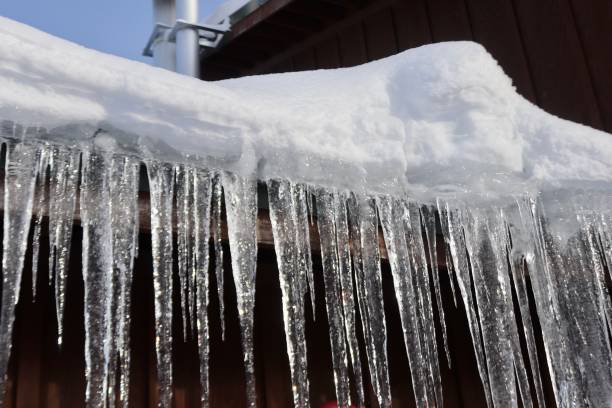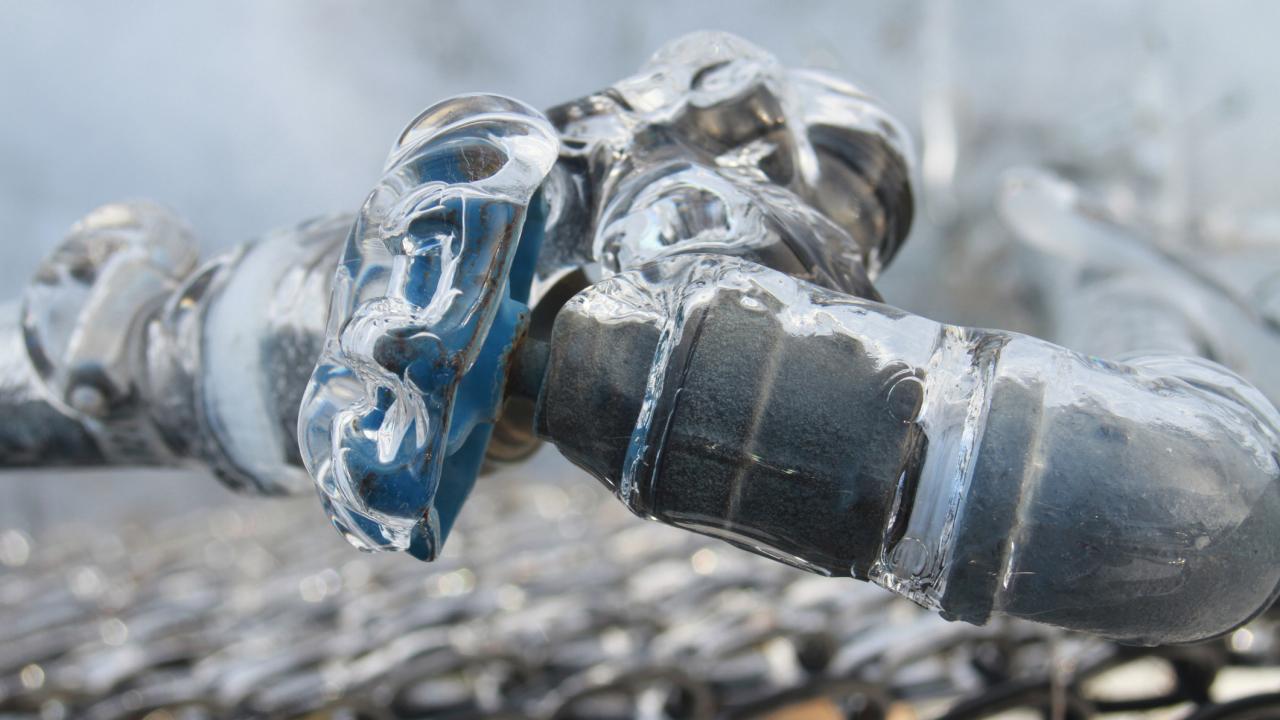Everyone may have their own unique opinion about How to prepare your home plumbing for winter weather.

Winter can ruin your pipes, specifically by freezing pipes. Below's exactly how to prevent it from taking place and what to do if it does.
Introduction
As temperatures decrease, the danger of icy pipelines rises, possibly bring about pricey repairs and water damage. Understanding just how to stop icy pipes is critical for home owners in cool environments.
Prevention Tips
Insulating prone pipes
Wrap pipelines in insulation sleeves or utilize heat tape to protect them from freezing temperature levels. Focus on pipelines in unheated or outside areas of the home.
Home heating techniques
Maintain interior rooms effectively heated, specifically areas with pipes. Open cupboard doors to permit warm air to flow around pipes under sinks.
Exactly how to recognize frozen pipes
Seek decreased water flow from taps, uncommon smells or noises from pipes, and visible frost on exposed pipelines.
Long-Term Solutions
Architectural changes
Take into consideration rerouting pipelines away from exterior walls or unheated locations. Add extra insulation to attic rooms, cellars, and crawl spaces.
Upgrading insulation
Invest in top quality insulation for pipes, attic rooms, and wall surfaces. Correct insulation helps keep consistent temperature levels and decreases the danger of icy pipes.
Shielding Outdoor Pipes
Yard pipes and outside faucets
Disconnect and drain pipes garden hoses prior to wintertime. Set up frost-proof faucets or cover outside faucets with shielded caps.
Comprehending Frozen Pipelines
What causes pipes to ice up?
Pipes ice up when exposed to temperature levels below 32 ° F (0 ° C) for prolonged durations. As water inside the pipes ices up, it expands, taxing the pipeline walls and potentially creating them to burst.
Dangers and problems
Icy pipes can cause water supply interruptions, property damage, and costly repair services. Ruptured pipelines can flood homes and cause considerable architectural damages.
Indications of Frozen Pipes
Identifying icy pipelines early can prevent them from bursting.
What to Do If Your Pipelines Freeze
Immediate actions to take
If you think icy pipelines, keep taps available to ease pressure as the ice melts. Utilize a hairdryer or towels taken in warm water to thaw pipelines gradually.
Verdict
Preventing frozen pipes needs positive steps and fast responses. By comprehending the reasons, indicators, and preventive measures, property owners can protect their pipes during winter.
6 Proven Ways to Prevent Frozen Pipes and Protect Your Home
Disconnect and Drain Garden Hoses
Before winter arrives, start by disconnecting your garden hoses and draining any remaining water. Close the shut-off valves that supply outdoor hose bibs and leave the outdoor faucet open to allow any residual water to drain. For extra protection, consider using faucet covers throughout the colder months. It’s also important to drain water from any sprinkler supply lines following the manufacturer’s directions.
Insulate Exposed Pipes
Insulating your pipes is an effective way to prevent freezing. Pipe insulation is readily available at home improvement stores and is relatively inexpensive. Pay close attention to pipes in unheated areas such as the attic, basement, crawl spaces, or garage. Apply foam insulation generously to create a buffer against the cold. You can also wrap your pipes in heat tape or thermostat-controlled heat cables for added warmth.
Seal Air Leaks
Inspect your home for any cracks or openings that could let in cold air. Seal any holes around the piping in interior or exterior walls, as well as the sill plates where your home rests on its foundation. Additionally, make sure to keep your garage door closed unless you’re entering or exiting. Leaving it open creates a significant air leak that can lead to frozen pipes.
Allow Warm Air Circulation
During cold snaps, it’s essential to allow warm air to circulate evenly throughout your home. Leave interior doors ajar to promote better airflow. Open kitchen and bathroom cabinets to help distribute heat consistently around the rooms. If you have small children or pets, be sure to remove any household chemicals or potentially harmful cleaners from open cabinets for safety.
Let Faucets Drip
A small trickle of water can make a big difference in preventing ice formation inside your pipes. When temperatures drop significantly, start a drip of water from all faucets served by exposed pipes. This continuous flow helps prevent the water from freezing. Additionally, running a few faucets slightly can relieve pressure inside the pipes, reducing the chances of a rupture if the water inside does freeze.
https://choateshvac.com/6-proven-ways-to-prevent-frozen-pipes-and-protect-your-home/

We were made aware of that article on 6 Ways to Prevent Frozen Pipes from someone on a different blog. Sharing is nice. You just don't know, you may just be doing someone a favor. Thank-you for your time invested reading it.
Visit My Web Page
Comments on “Avoiding Frozen Plumbing in Winter: Pro Advice”